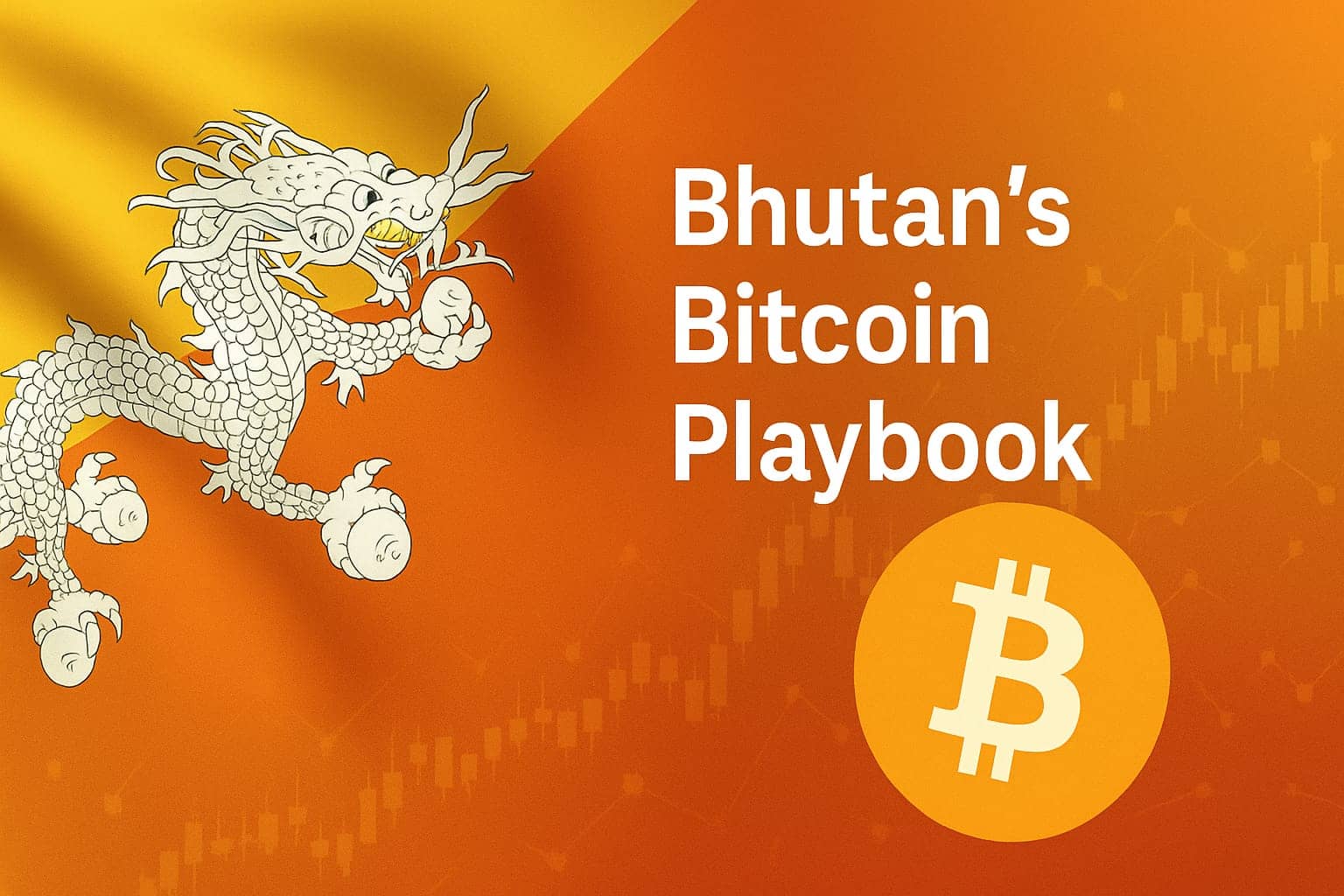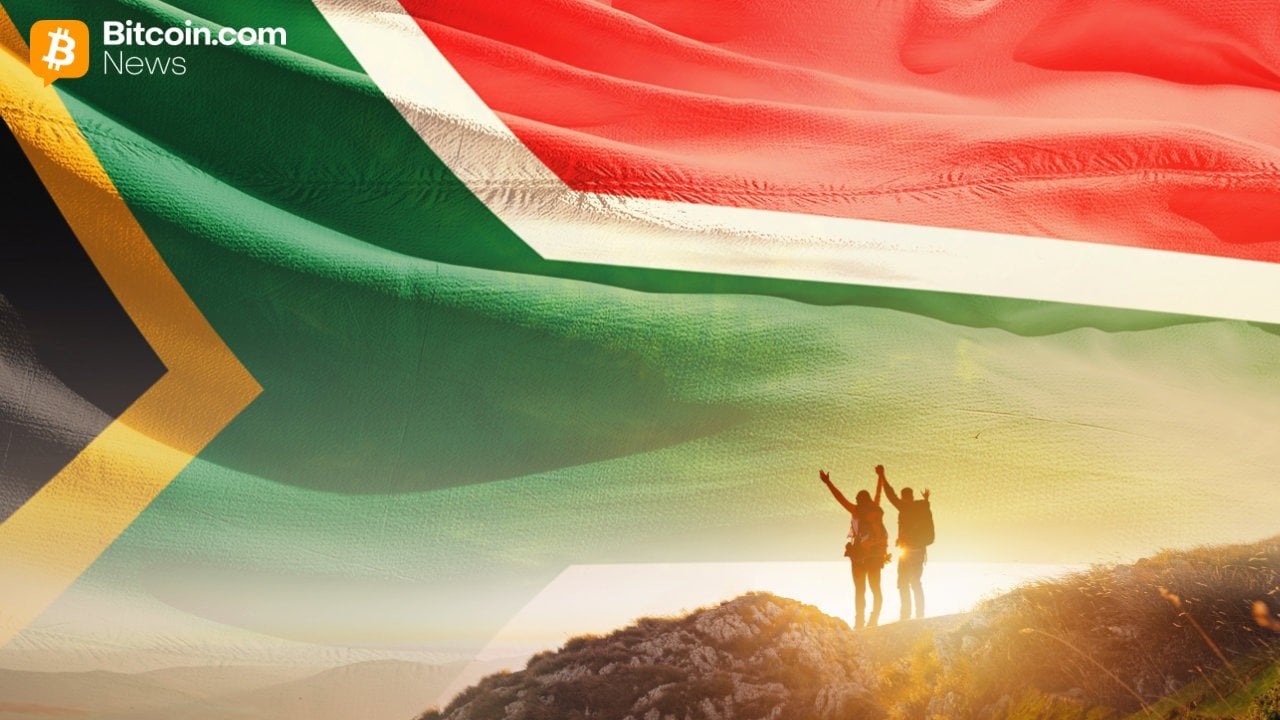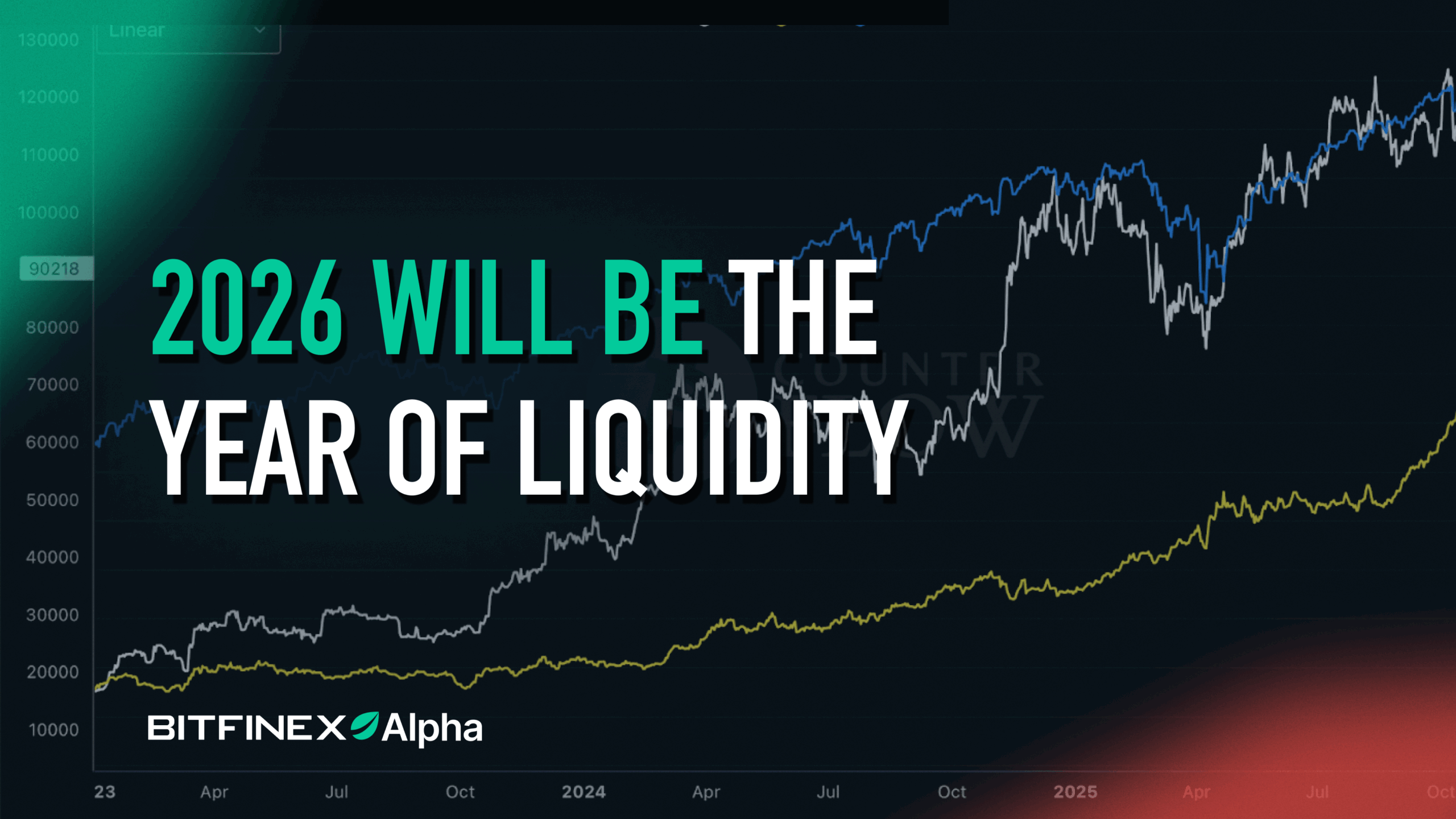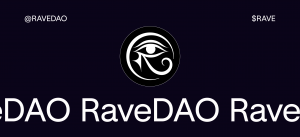Bhutan’s Bitcoin Playbook: What This Week’s $59M Shuffle Signals and How the Kingdom Has Managed Its Stack for Years
Bhutan’s state investment arm, Druk Holding & Investments (DHI), just moved 517 BTC ($59M) to a new address; a follow-up hop looked like a test to a Binance deposit address—classic pre-exchange behavior. Days later, about $60M in BTC was traced to Cobo’s hot wallet, a custodian used by institutions. On-chain watchers still put DHI’s treasury near 10,700–11,000 BTC (≈$1.2–$1.26B) after the transactions. In short: activity, not capitulation.

The long game: mine first, sell sparingly
Bhutan didn’t build its stash by seizures or opportunistic buying. According to Arkham Intelligence, the government’s coins originate mainly from state-funded mining that began in 2019, a rare model among sovereigns. That mining base is why Bhutan can be active on-chain without meaningfully shrinking its core position.
The decision to mine wasn’t random. Bhutan has abundant run-of-river hydropower and cool mountain air—cheap, clean electricity and natural cooling—making carbon-free mining plausible at scale. In 2023, DHI publicly confirmed it was mining Bitcoin (and a little ETH), explaining that it periodically sells coins to pay power bills and equipment, while retaining a strategic balance for the long term.
Scaling followed. In May 2023, DHI partnered with Nasdaq-listed Bitdeer to develop 100% green mining data centers in the kingdom; Bhutanese state media later reported 100MW-class facilities and first deployments at Gedu. External reporting in 2024 suggested weekly output in the ~55–75 BTC range as capacity ramped.
By late 2024, Arkham’s de-anonymization work brought Bhutan’s Bitcoin reserves into the open, ranking the country among the world’s largest state holders. Estimates around that time clustered near ~13,000 BTC (values varied with price), highlighting how much of the stack had been mined rather than purchased.


How they manage the stash
If you follow Bhutan’s wallets, a pattern emerges:
- Test pings to exchanges (often Binance) precede larger sends—useful for fee checks and address verification. That’s exactly what watchers flagged again this week.
- Periodic profit-taking near rallies. Recent examples: March 24 (≈$63M to three wallets); June 30 (~137 BTC to Binance); mid-July (~650 BTC to Binance); and Aug 5–8 (~$59M, then $60M). These spur headlines, but net holdings remain in the billion-dollar range.
- Custody optimization. The Cobo transfer implies consolidation with an institutional custodian—not inherently a sale—and can break simple chain heuristics without changing ultimate ownership.
This cadence looks less like a country “dumping” and more like treasury operations: funding opex/capex and taking chips off the table during strength while maintaining a strategic core. Bhutan’s own 2023 explanation—that sales help pay the power and hardware bills while preserving a long-term reserve—fits the flows we see today.
Beyond mining: knitting BTC into the real economy
In May 2025, Bhutan became the first nation to roll out a national crypto payments scheme for tourism, in partnership with Binance Pay and the country’s fully digital DK Bank. For visitors, that means end-to-end crypto payments across the trip; for the state, it ties parts of BTC activity to real economic use and FX inflows.
Put together—clean-energy mining, on-chain treasury discipline, and consumer-facing payments—Bhutan’s approach is unusually vertical for a sovereign. It mines, custodies, occasionally sells, and pilots domestic acceptance rails.
So what do this week’s moves mean?
- A Binance “test” doesn’t guarantee selling, but historically Bhutan often proceeds to take profit after such pings—especially into strength. 517 BTC to a new wallet and $60M later routing to Cobo fits the playbook of testing, staging, and custody re-org, rather than a wholesale liquidation. Holdings still hover near ~$1.2–$1.26B.
- Market impact is limited by size and pacing. Bhutan’s sales tend to be measured, episodic, and frequently coincide with price upticks—behavior consistent with profit-taking, not panic.
- Strategic posture unchanged. Independent reporting through 2024–2025 consistently places Bhutan’s BTC as a macro-significant share of national assets/GDP, underpinned by hydro mining. This week’s transactions don’t materially alter that picture.
The road ahead: what to watch
- Energy seasonality & capacity: Bhutan’s hydro output varies; DHI has said miners power down in dry months to prioritize domestic demand. Watch for hashrate/flow lulls in winter and activity spikes as rivers swell.
- Custody mix: More coins with third-party custodians (like Cobo) could mean tighter security and more professional treasury tooling, but it also obscures naive on-chain reads.
- Tourism rails data: If the Binance Pay–DK Bank scheme scales, Bhutan will have both sides of the crypto economy in one country: industrial mining and consumer payments. That’s rare—and investable infrastructure tends to follow.
Bottom line: Bhutan has spent years assembling a hydropower-backed, carbon-light Bitcoin reserve and has managed it with a miner’s pragmatism—sell enough to keep the lights on and the racks humming; keep enough to matter. This week’s wallet choreography reads as maintenance, not mission change.












Post Comment